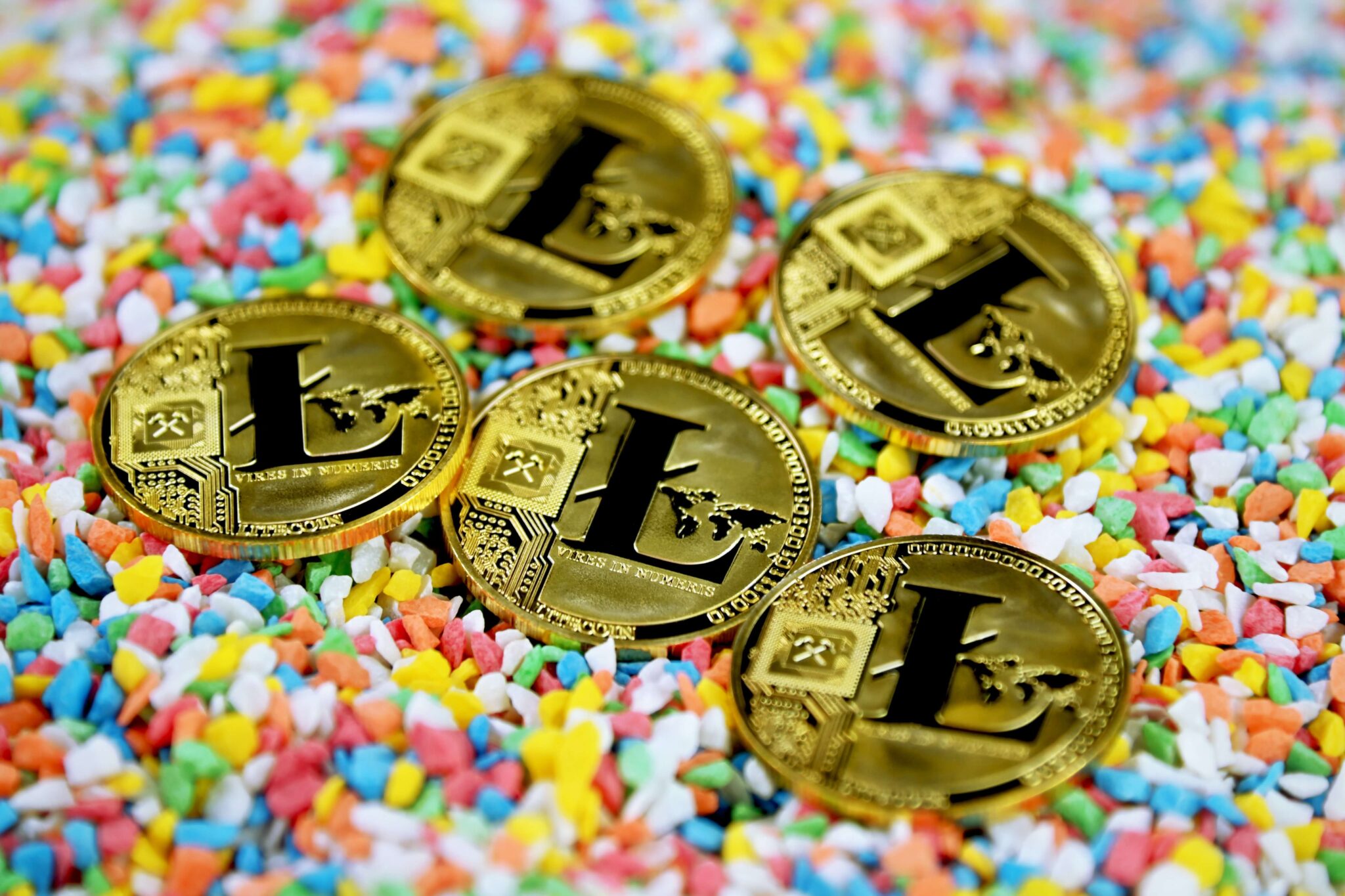What is Litecoin?
Litecoin (LTC ) is a cryptocurrency, which was created by a former Google engineer, Charlie Lee, two years after bitcoin. Litecoin is ranked ninth when judging its market capitalization.
The currency initially competed with bitcoin. Although cryptocurrency market saturation has increased in recent years, the popularity of Litecoin has declined.
Bitcoin’s reaction to Litecoin has been obvious for quite some time. Lee referred to Litecoin as the “lite version of Bitcoin” on one of the largest coin discussion boards, so it offers many of the same features, along with a few additional features that the development team felt were necessary to improve.
Does litecoin serve any purpose?
The litecoin digital currency is a means to send money directly to a recipient via the blockchain. Thus, the currency’s transactions can be recorded in a public ledger and its decentralized payment system can function without censorship or government controls.
How does Litecoin work and what technology supports it?
Litecoin transactions are much faster than Bitcoin because the block confirmation time is 2.5 minutes for Litecoin. A block is created for each transaction involving two parties. The fundamentals of it are similar to those of Bitcoin. Consequently, orphaned blocks can occur with both BTC and LTC. In orphan blocks, two miners mine a block about the same time, the chain initially accepts both blocks but later rejects one. By using Segregated Witness (SegWit), it can stem the spread of orphaned blocks caused by its short confirmation time. Atomic Swaps, another Litecoin technology, provides interoperability to the blockchain, allowing the trading of different cryptocurrencies without going through an exchange.
What makes Bitcoin and Litecoin different
Market Capitalization
It is estimated that the total value of bitcoins circulating the world will reach $1 trillion in March 2021, more than 70 times the value of Litecoin, which will reach $13.7 billion in March.
A historical perspective plays a major role in determining whether Bitcoin’s market cap is high or low. Given that Bitcoin’s market capitalization had barely hit $42,000 in July 2010, its present value is astounding.
In itself, the popularity of Litecoin is not surprising, given the fact that Bitcoin is much larger than any other digital currency in existence.
Distribution
The total number of coins that both Bitcoin and Litecoin can produce is another major difference between the two cryptocurrencies. Litecoin stands out in this regard. Litecoin supports 84 million coins, while the Bitcoin network can only handle 21 million coins.
Transaction Speed
Merchants may find Litecoin more attractive due to the difference in confirmation time. The payment confirmation time for a merchant selling a product for Bitcoin would be nearly four times longer than for a merchant selling that same product for Litecoin. Merchants can, however, always accept transactions without waiting for any confirmation at all. There has been some debate over the security of zero-confirmation transactions.
Algorithms
Between Bitcoin and Litecoin, the most fundamental technical difference is the different cryptographic algorithms that both applications use. As with bitcoin, Litecoin uses a relatively new algorithm known as Scrypt, rather than the longstanding SHA-256 algorithm.
It is their impact on the process of mining new coins that are the main practical significance of these different algorithms. Confirming transactions requires considerable computing power for both Bitcoin and Litecoin. Known as miners, these members of the currency network use their computing resources to confirm other users’ transactions. They are then rewarded with currency units for doing so.
Litecoin Mining
To make the process more democratic, Litecoin uses a Scrypt algorithm. A key feature of Bitcoin’s mining system, which Litecoin tries to improve, is that it allows all to use the currency. Lee realized that this was not the case, so he made sure that it would be more accessible for everyone.
In contrast to Bitcoin, Scrypt requires that mining calculations be performed sequentially, instead of allowing them to be conducted in parallel. By doing so, ASICs (Application-Specific Integrated Circuits) cannot monopolize the mining process. It was intended that the ban on ASICs would allow those still using GPUs (Graphics Processing Units) to participate more fully in LTC mining. Although very slow, it may still consume a large amount of energy.
Further democratizing the mining process, LTC’s faster validation times allow more potential miners to be credited with a block.
Why should I invest in Litecoin?
At the time of writing, there were almost 65 million Litecoin coins in circulation, which makes the total supply of the cryptocurrency an impressive 84 million. Since the supply of LTC coins is limited, it offers a safe harbor from inflation-induced devaluation. Therefore, LTC may in the future serve as both a store of value during uncertain economic times and a method for making daily, borderless payments.
Litecoin has an ethos and structure that make it a perfect fit with investors who believe that cryptos will transform money. It is designed specifically for online transfers that are both fast and cheap. It has the potential to become one of the most widely used cryptocurrencies worldwide.


